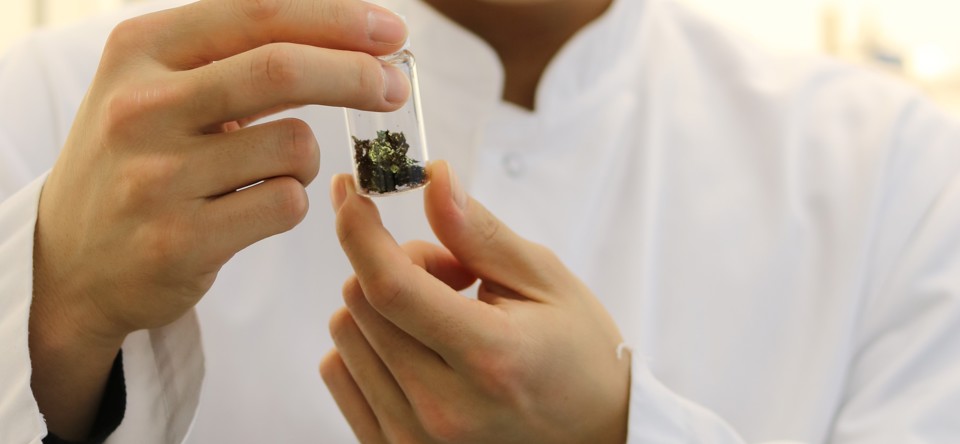The researchers’ progress has been noted all over the world, including in one of the highest-impact journals within the field: Advanced Energy Materials, whose impact factor is 16.721.
- “We hope that the attention to our research will help us get continued funding for our work so we can reach an even higher efficiency level. At this point, the EPBT of commercial, silicon-based solar cells is maybe 2-3 years. This is quite good, considering that this type of solar cells is very durable and can be used for 30 years, but if we can improve the efficiency further and make the EPBT even shorter, we will be able to take a huge leap towards even greener energy production” he adds.
Expanding everyday use of solar cells
While the solar cells that Donghong Yu and his Chinese partners work on are traditional organic solar cells produced in glass, the solar cells he works on with DTU and the companies Grafisk Maskinfabrik and infinityPV are produced by printing a special kind of ink on plastic.
- “In this kind of solar cell, the energy conversion takes place in ink printed on a thin layer of plastic. This means that the solar cells are highly flexible, can be easily produced – in fact, some of our test solar cells had been printed at the local Mekoprint factory years before – and can easily be produced in large quantities and for large areas. As such, they can potentially be used not only in a variety of everyday applications such as our mobile phone or a reading lamp, but also in power-plants for producing energy for electrical grids. The challenge for us now is to develop two things: One, a robust polymer for use in the ink that can increase the efficiency level to around 6-8 %, and two, a synthesizing process that enables a production of this polymer at an industrial scale” Donghong Yu explains and adds:
- “While this type of solar cell is easy to produce, the disadvantage is that the efficiency is comparably low – only 3-4% – and they are not as durable as the other kind of solar cell; they last maybe 5 years. But when we look at the EPBT, this is still very good, because the easy production means that the solar cells have an EPBT of mere days – in fact, our goal is to shorten the EPBT to just two days or even, under certain conditions, one day. If we find a way to mass-produce the ink with an even more efficient polymer, and as such mass-produce this kind of solar cell, the potential is endless.”
Hope of technologies converging in the future
Donghong Yu hopes that in the future, the results of his two research topics will converge into an even more efficient, environmentally friendly type of organic photovoltaic cell.
- “Our highly efficient solar cells are currently only made at a very small scale in our experiments, while the flexible, plastic-based solar cells can be made at a large scale but have low efficiency. If, in the future, we can create organic, highly efficient solar cells – that is, also with the use of flexible substrates such as plastic – that are scalable and can be used in both local applications such as our everyday items but also at a major scale in factories or solar power plants producing electricity for the power grid, we will have made a major difference in the process towards a global conversion to sustainable energy” Donghong Yu finishes

